For many years, Benoy North America has been breathing new life into struggling retail assets. Here, Steve Sutton, Design Director in our Montreal studio, sets out six top tips for retail revitalisation projects.
Return to Future ThinkingEmbracing the changing face of retail – the evolution of the shopping mall
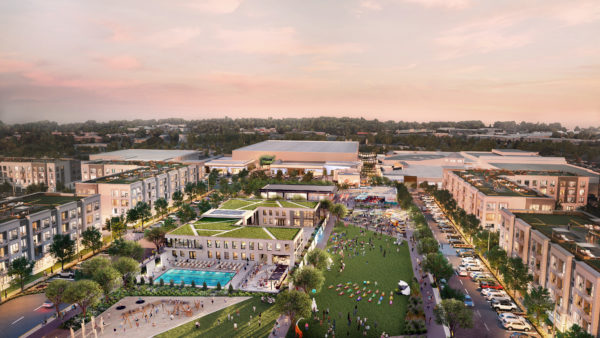
Across Canada and the US, there are myriad examples of retail malls that have fallen onto hard times. Over the past decade many showpiece shopping destinations, originally built as drivers of suburban growth, have dwindled and declined – either failing to keep pace with consumer trends, losing their anchor tenants, or struggling to adapt to the new retail landscape.
Reviving and regenerating these assets can be a major undertaking. Building on our extensive experience in this area, we’ve compiled a set of key principles for developers to consider as part of their retail revitalisation strategies – principles which could help resuscitate even the most exhausted, outdated developments.
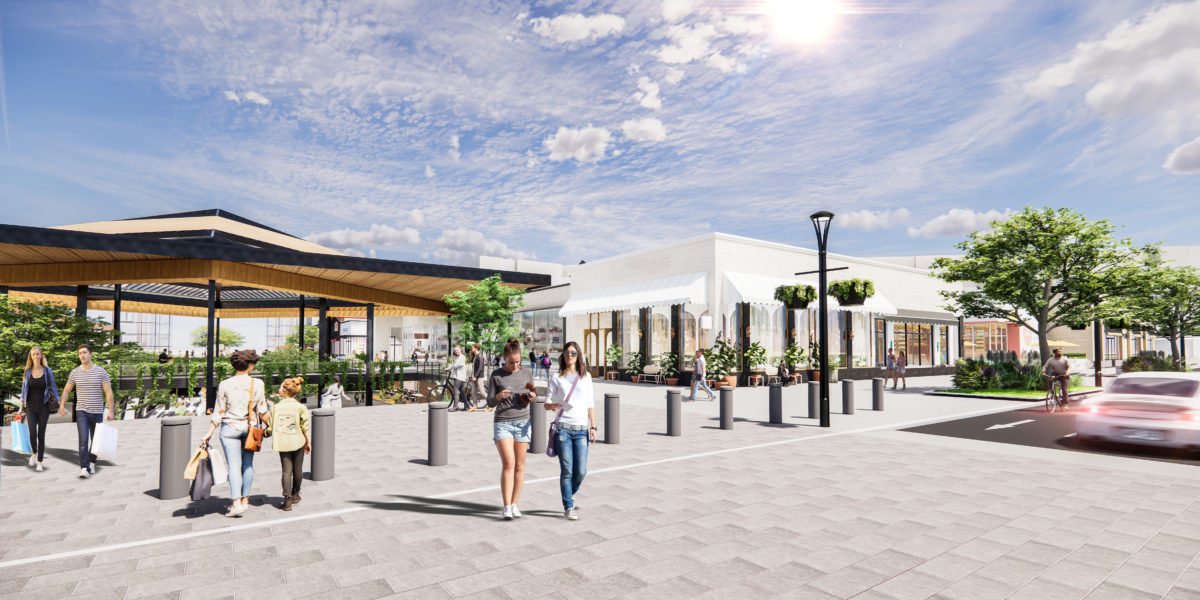
1. Know your audience
First and foremost, you need to know your audience – that is, the consumers your asset will serve today and tomorrow, not those it was intended to serve 10 or 20 years ago. So, who are you targeting? What do they need (practically), and what do they want (emotionally)? Has the local area become gentrified? Has it attracted young families and urban professionals? Has there been an influx of senior citizens looking for lifestyle change? Is there a college or school nearby?
By conducting in-depth demographic analysis, you can begin to formulate data-driven insights. And these insights will be vital, informing your creative decisions, validating your asset design, and helping you create a compelling offer that resonates with your target consumers. Through a genuine understanding of who you’re trying to reach, you can develop a truly relevant programme, with the uses, services and tenants that will cater to people’s needs and aspirations.
By way of example, Benoy North America is currently redesigning and reviving a mall in Dallas, Texas. Through the data we’ve gathered on this project, we know that we’re catering primarily for millennials, families and seniors. To generate increased footfall, we need to provide the uses and design features that will deliver the experiences these consumer groups desire. So, we’re looking at spaces where older shoppers can relax, fitness zones where younger people can exercise, daycare facilities for families, and workstations for urban professionals. In this way, audience knowledge will be the key to unlocking the future success of this scheme.
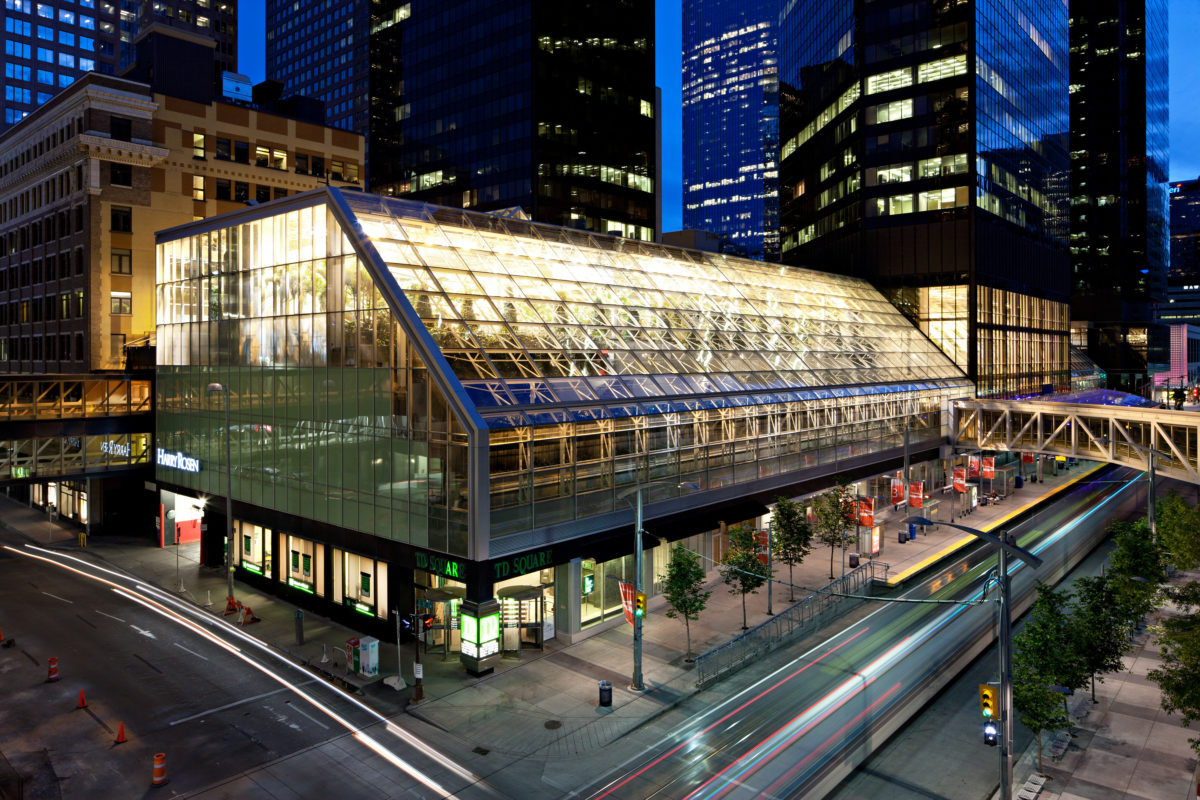
2. Engage and connect with your community
By leveraging your audience insights, you can begin to engage with your local community. But in order to engage meaningfully, you need to connect emotionally – that is, to understand what makes the locality in which you are working unique. What are the memories that were created here originally? What are the memories you want to shape in the future? What can you draw on from local history, industry, culture and landscape, and incorporate into the visual language of your design scheme, to create a sense of belonging among the community your asset will serve?
Developers who focus solely on the commercial aspects of asset revitalisation, without considering the emotional significance of place, may find their new venture fails to connect with local stakeholders. And you need local stakeholders on board. From parents to municipal representatives, your local community members are essential to the viability of your scheme. So, treat them like special guests; go the extra mile; emulate those memorable hospitality experiences that generate long-term customer loyalty – and above all, remind them why this unique development, which reflects their community and heritage, could not be replicated anywhere else.
In Vancouver, where we’re working on a mall redevelopment, the success of a new communal food hall testifies to the power of community engagement. While the wider retail elements of the scheme are on hold, this central F&B space, which embraces local culinary culture, reinforces the connection between people, place and tradition. Indeed, the food hall now serves as a local social gathering place.
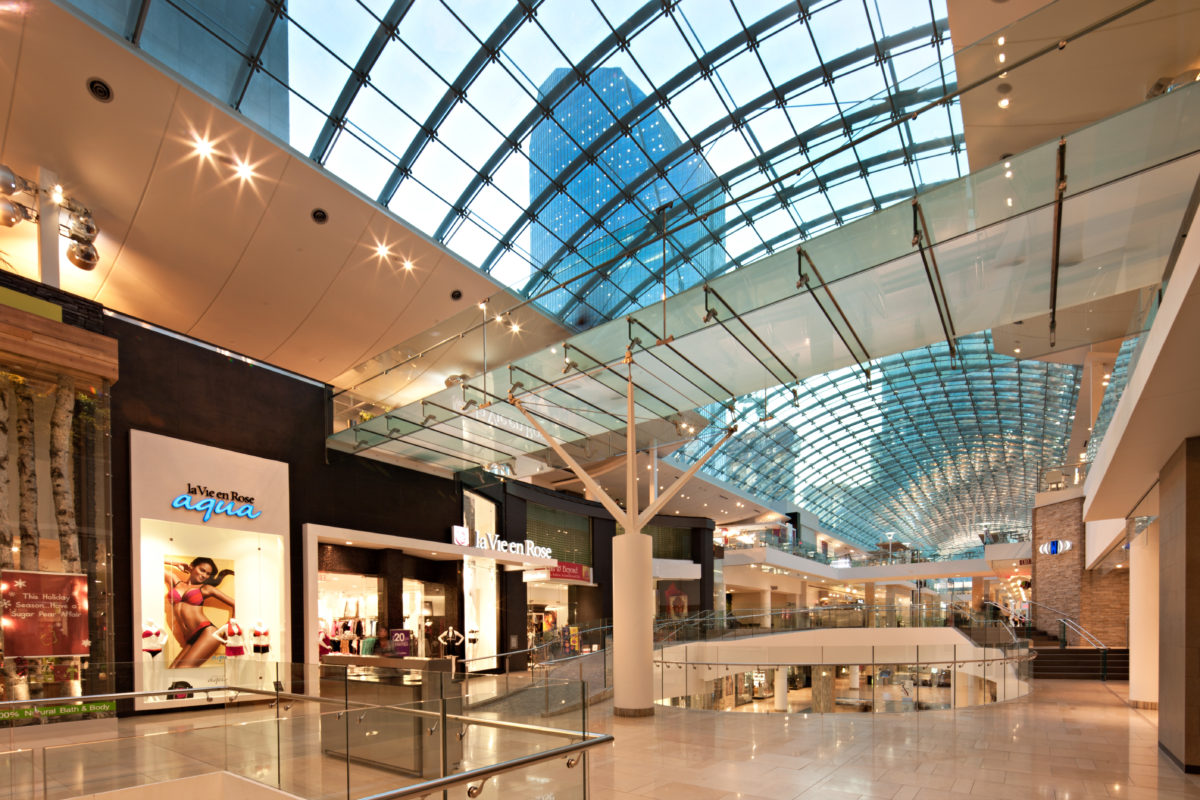
3. Ensure your site is accessible and usable
Retail developments often sit on valuable pieces of land, usually in areas that have undergone considerable change. A rigorous site plan assessment is therefore essential. If the surrounding area has been transformed, how accessible is your asset? Are there easy highway or road connections? Can it be accessed on foot, by public transport or bicycle? What is the parking experience, and can people get their vehicles washed or serviced while they shop?
You also need to consider your site’s footprint. Can your asset’s interior interact with the external environment? Today, consumers increasingly seek a combination of indoor and outdoor experiences. This can be achieved by ‘bringing the outside in’ through biophilic design features, or by creating clear sightlines and access points to the surrounding landscape. Similarly, you need to think carefully about the site’s circulation, which can become confused by multi-level layouts or the loss of anchor tenants. To enable natural customer flows, it’s important you understand the constraints and attributes of your site and design accordingly.
Ultimately, getting to grips with ‘the bones of your buildings’ will significantly enhance your revitalisation efforts. Scrutinise the column grid. Are the stores too deep for newer retail formats? Are the ceilings too low? Can the infrastructure cater to the mechanical and electrical needs of next generation tenants and uses? Only by addressing these issues will you attract target retailers and, in turn, consumers, to your scheme.
4. Offer a rich mix of uses and experiences
Consumers today want to do more than just shop within retail environments. The also want to eat, drink, work, relax, socialise and more. They want a full range of active and passive experiences. Bidding farewell to the monocultural design formats of the past, the modern mall needs to offer places of convenience, venues for entertainment, spaces to interact. Getting the right variety, quality and type of uses will therefore be essential to meeting the needs of your end-users.
When people visit your development, will they want places where their dogs can run and their kids can play? Will they want to see live events, such as concerts, or visit art galleries or other cultural spaces? What about yoga sessions, cookery demonstrations or ceramics classes? Would an indoor climbing wall or rooftop pool help to satisfy your more adventurous, fitness-focused visitors? Before you begin designing, you need to think about the range of possible uses and experiences that could shape your programming. Remember, modern life is rich and mixed; your retail development should reflect this diversity and cater for multiple wishes and expectations. And in this way, your work can help to create an environment where lasting memories are made.
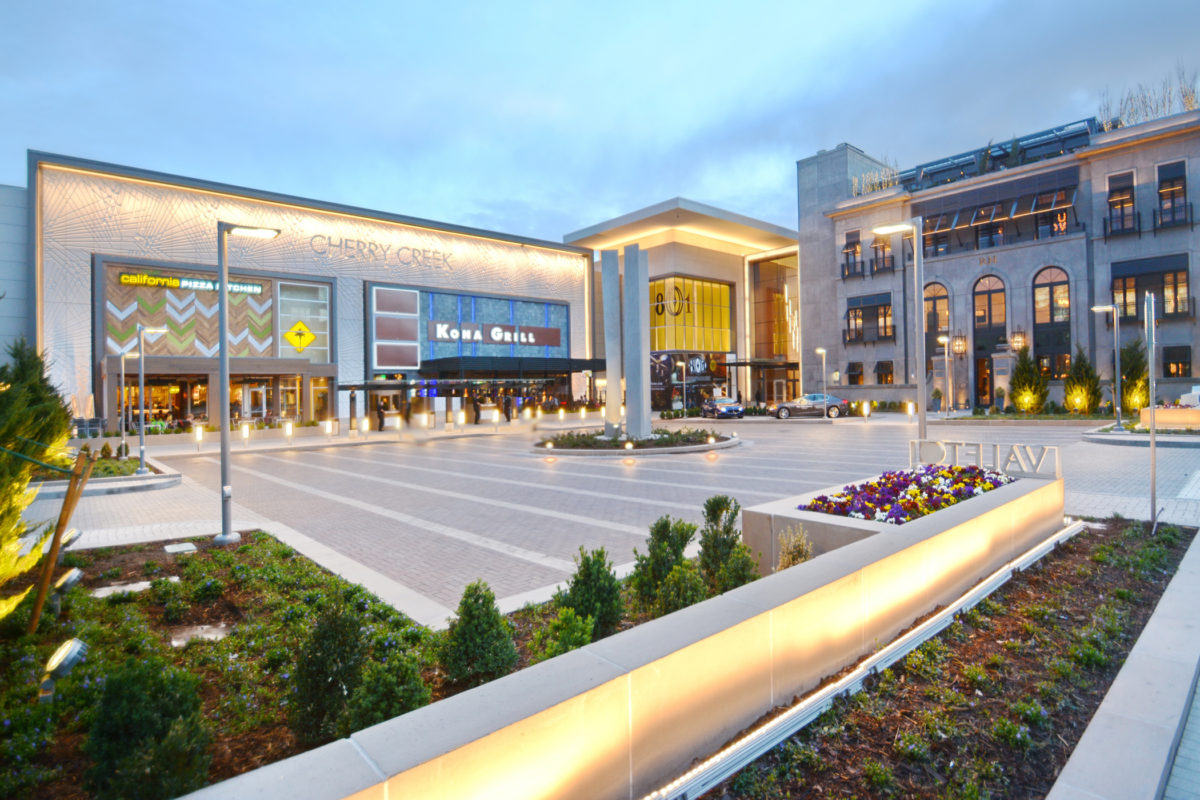
5. Design for sustainability
Sustainability is now a non-negotiable component of all building development. And retail is no exception. Ethically minded stakeholders will vote with their feet if a mall does not demonstrate strong environmental credentials. So, engaging with the latest innovations in construction methods and materials, energy efficiency, waste management and recycling can go a long way to building trust with your target audience.
But beyond core systems and certifications, sustainability can be articulated through your choice of tenants, for example ethical retailers whose products and sourcing practices will resonate with younger shoppers especially. Greenspace, landscaping, biophilia and natural light can also communicate a commitment to environmental wellbeing and wellness, helping to create an impression of an urban development that genuinely values people and planet.
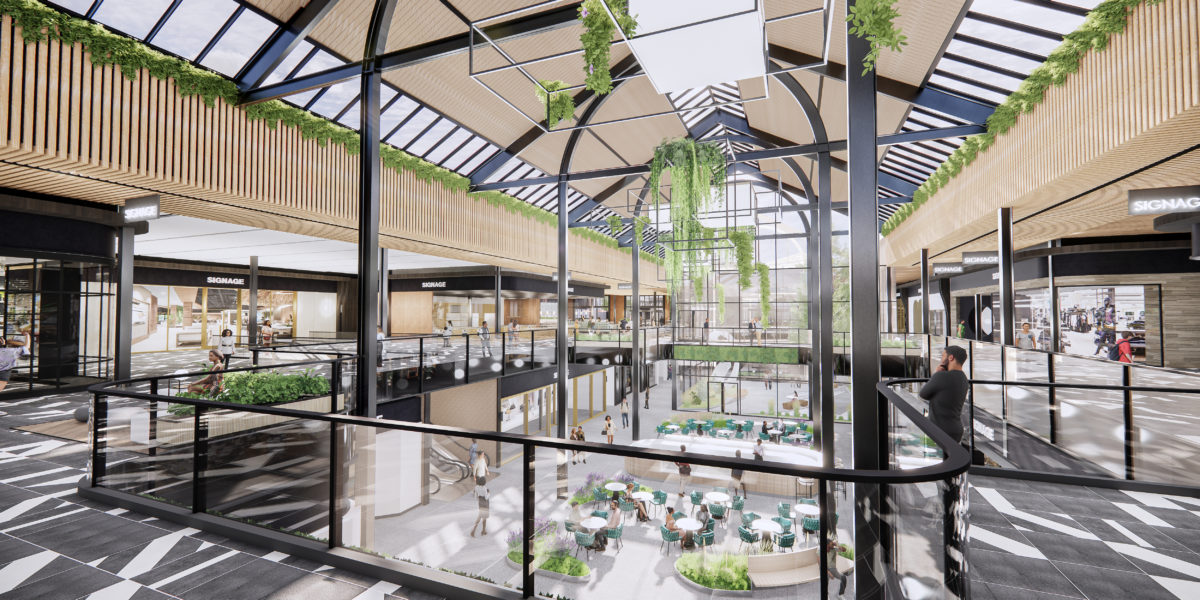
6. Be flexible
Ultimately, flexibility is essential. What works today will not probably work tomorrow, so develop a plan that can adapt to shifting trends and preferences. Fixed and rigid structures can spell the end for retail developments in fast-changing economic climates, where the ability to pivot and flex to new conditions or demands is vital.
Think about flexible spaces than can be repurposed for pop-ups, events and other revenue-generating activities. Spaces that can contract or expand to accommodate multiple uses. As consumers seek new experiences, your development should have the agility to embrace new tenants and services that will satisfy their ever-evolving appetites. As the saying goes, the only constant in life is change. Building flexibility into your plans means you can meet change head-on.









